
During the Warring States 'Sengoku' period, many warlords, such as Nobunaga Oda, fought hard with the ambition of "conquering the whole land". After about 120 years of war, the whole of Japan was finally unified by Ieyasu Tokugawa. Ieyasu Tokugawa, who became the first Seii Taishogun of the Edo Shogunate, and founded a stable government that lasted nearly 270 years.
Until now, Ieyasu has been portrayed many times in NHK (one public broadcaster in Japan) Taiga dramas. Once again, this man who conquered the whole of Japan was chosen as the main character in "Dou Suru Ieyasu" (どうする家康) to be broadcasted from January 2023. This time, we will introduce Okazaki Castle, where the main character of this historical drama, Ieyasu, was born.
Birthplace of Seii Taishogun
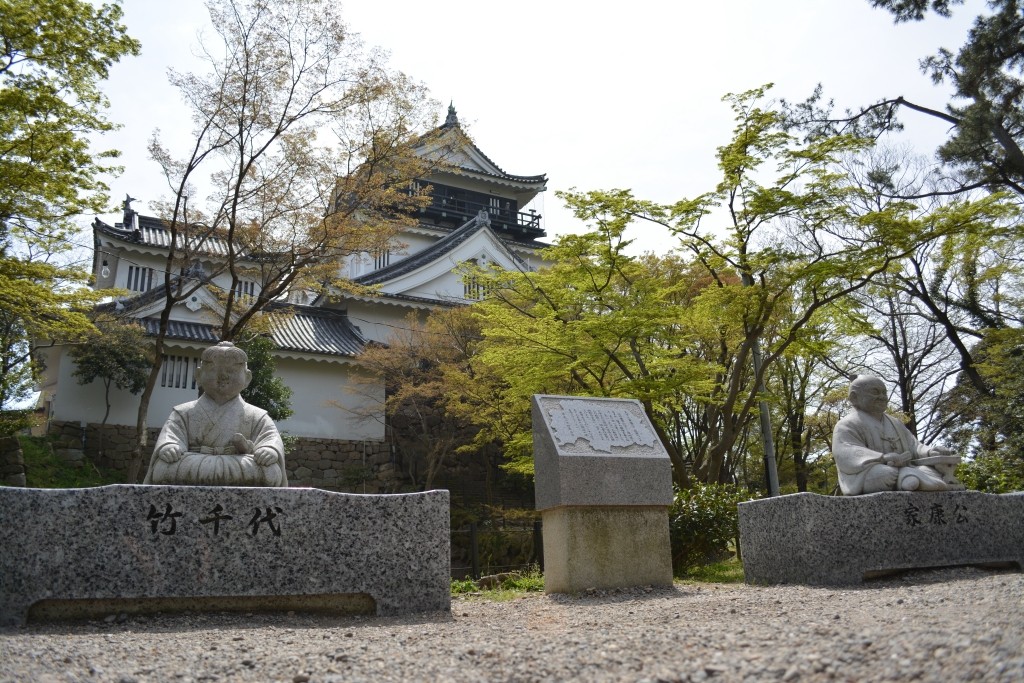
Okazaki Castle, located in Okazaki City, Aichi Prefecture, was built between 1452 and 1455 in the 15th century. The first person to build the castle was Yoritsugu (Tsugiyori) Saigo. Since he built the castle on a hill called "Ryutouzan" (龍頭山 - literally means "Mt. Dragon's Head"), it is also known as 'Ryujo' (龍城) or 'Ryugajo / Tatsugajo' (竜ヶ城) - both meaning Dragon Castle. In 1531, Ieyasu's grandfather, Kiyoyasu Matsudaira, relocated and built the castle. After that, it was expanded and maintained, and Ieyasu was born in this castle in 1542.
Although Ieyasu was born in this castle, he was sent as a hostage to the Oda family (Nobuhide Oda) at 6 years old. From the age of 8, he was then sent to the Imagawa family (Yoshimoto Imagawa), leaving his hometown while he was very young. After Yoshimoto Imagawa was defeated in the Battle of Okehazama in 1560, Ieyasa finally returned to Okazaki from the Imagawa family. After that, he unified Mikawa Province (present-day eastern Aichi Prefecture) with Okazaki Castle as his base and laid the foundation for the future unification of Japan.
Fortress of Mikawa samurai

In 1570, Ieyasu moved his base to Totomi Province (present-day Hamamatsu, Shizuoka Prefecture). However, Ieyasu, who still valued Okazaki Castle, appointed his eldest son Nobuyasu Tokugawa (Nobuyasu Matsudaira) as the lord of the castle. After the death of Nobuyasu in 1579, his confidant senior vassals became castle lords one after another. Like Ieyasu Tokugawa, many of these loyal retainers were from Mikawa, including the famous commander Kazumasa Ishikawa.
In 1590, this fortress of Mikawa samurai that symbolized the power of Ieyasu, was once occupied by Hideyoshi Toyotomi. Hideyoshi's vassal Yoshimasa Tanaka became the lord of the castle and tried to seize control of the Tokugawa forces by occupying Okazaki Castle. At the same time, Yoshimasa Tanaka embarked on a large-scale reconstruction of Okazaki Castle, expanding the walls of the castle and improving the castle town.

When Ieyasu unified the country and Okazaki Castle came under the rule of the Tokugawa clan again, Okazaki Castle was valued as the place where Ieyasu was born, and was even called 'the castle where Shinkun was born' (神君 / Shinkun refers to the deified 'Ieyasu'). After that, the Fudai daimyo of the Tokugawa family served as the lord of the castle.
A new appearance after the Edo period
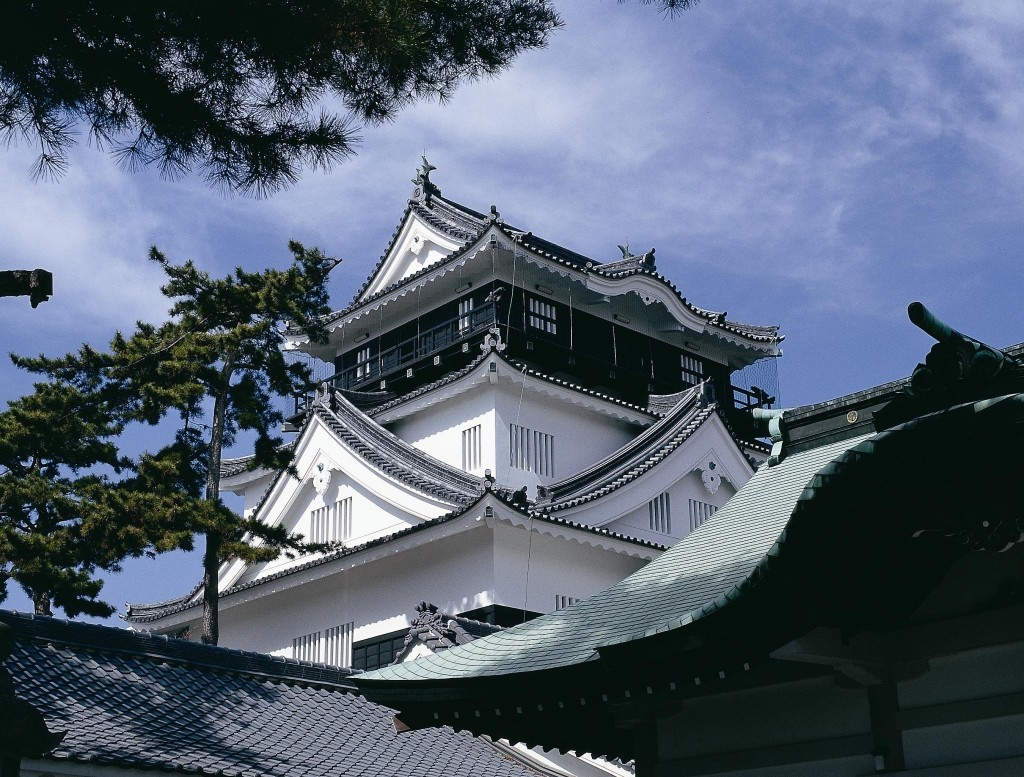
Okazaki Castle, like other Japanese castles, was demolished in the Meiji Era by the Haijorei (廃城令 / Ordinance for the Disposal of Castles), leaving only traces of stone walls and moats. However, local residents could not stand the fact that the castle tower had been lost and had not been rebuilt. Upon strong requests of the people, the castle tower was finally rebuilt in 1959 to resemble the original design.
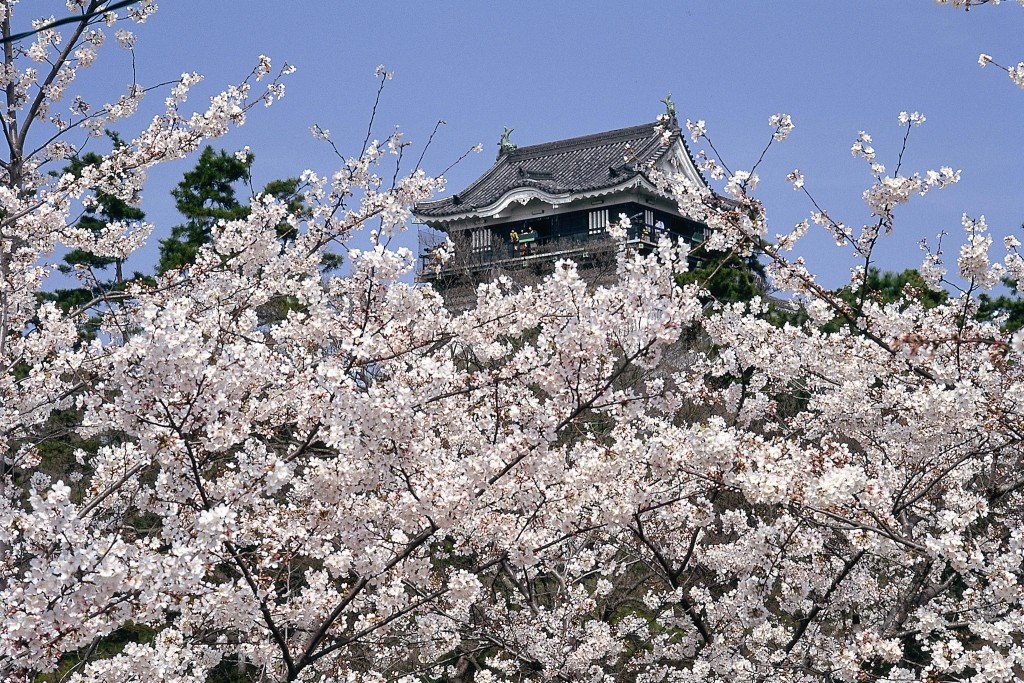
Okazaki Castle was selected as one of the Japan's Top 100 Castles, while Okazaki Park around the castle was selected as one of the Japan's Top 100 Cherry Blossom Spots. The vivid pink color of the cherry blossoms shines well against the castle tower with white walls and black tiles. Its romantic atmosphere is reminiscent of the samurai romance that the Mikawa samurai devoted their lives to.

Today, the area that includes Okazaki Castle and the former Ninomaru (second enclosure) and Honmaru (main enclosure) is maintained as “Okazaki Park”. There are the remains of stone walls and moats and many things related to Ieyasu preserved in the area. Spots such as the well which is said to be where Ieyasu bathed for the first time when he was born, the stone and bronze statues that dot the garden, and the "Mikawa Bushi no Yakata Ieyasu-kan" museum, make this a valuable place to learn about the man who unified Japan.
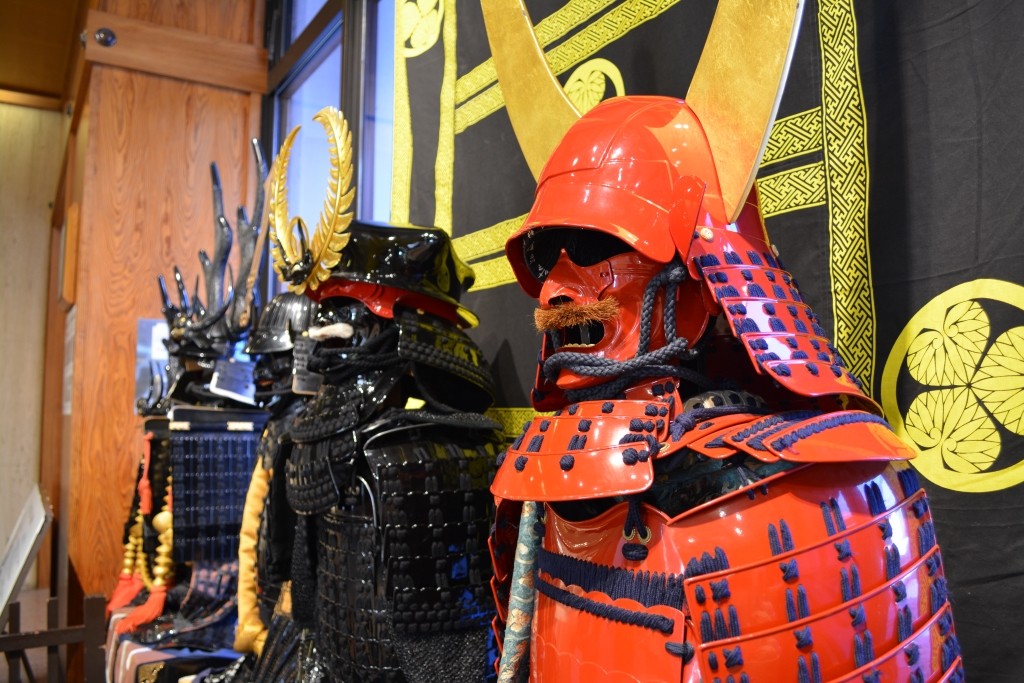
Okazaki Castle also has a warlord corps called the "Great Ieyasu 'Aoi' Bushotai", which performs special demonstrations on Saturdays, Sundays, and holidays, and stroll around Okazaki Park on weekdays. If you find them, try getting closer to them and say hello.
Tourist Spot Information
- Name: Okazaki Castle/Okazaki Park (岡崎城・岡崎公園)
- Address: 561 Kouseicho, Okazaki City, Aichi Prefecture
- Business hours:
- 【Okazaki Castle & Mikawa Bushi no Yakata Ieyasu-kan Museum】 9:00-17:00 (Last entry 16:30)
- Prices:
- 【Okazaki Castle】 Adults 300 yen, 5 years old and over 150 yen
- 【Mikawa Bushi no Yakata Ieyasu-kan Museum】 Adults 360 yen, 5 years old and over 200 yen
*Mikawa Bushi no Yakata Ieyasu-kan Museum is currently revising its fees. Please see the official website for the latest information. - Closed: December 29th - December 31st
- Access: About 15 minutes on foot from the east exit of Meitetsu "Higashi Okazaki" Station


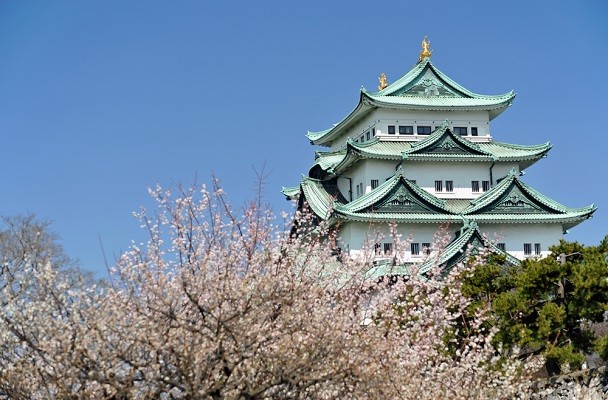
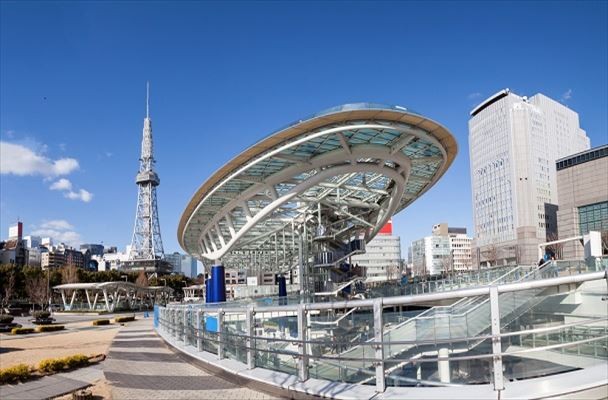
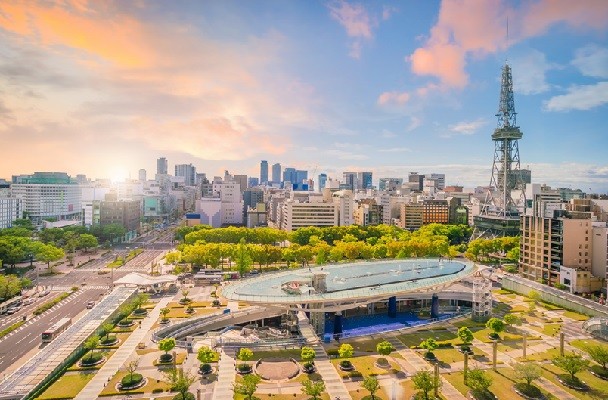
Comments